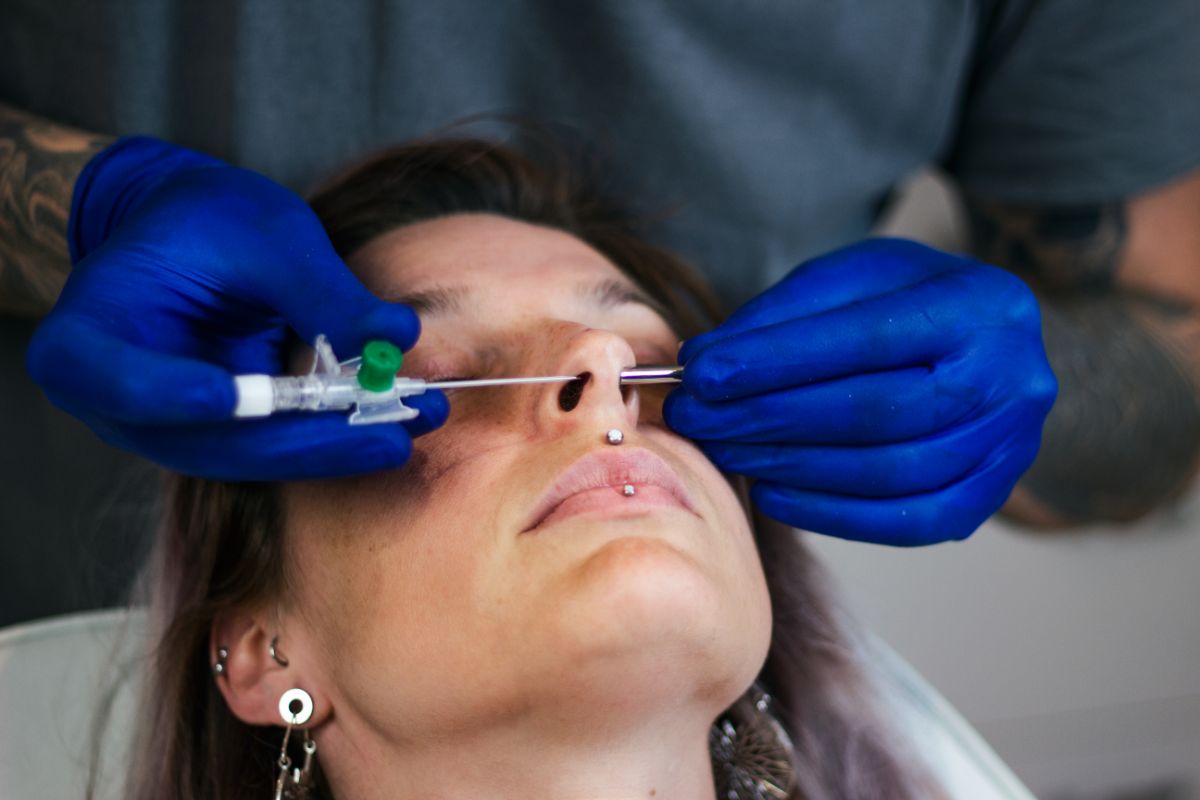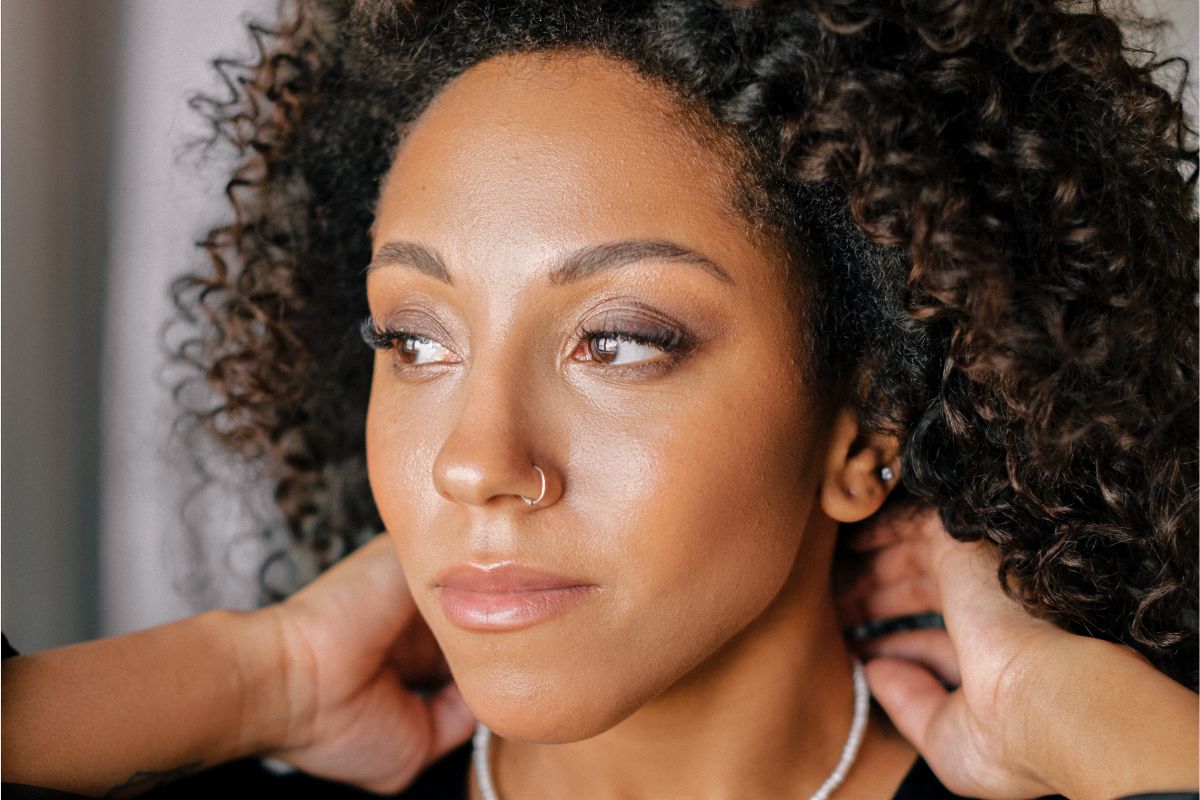From a cultural appropriation to a new trend, snug piercing kicked off in the early 80s and transformed into a fad. The word snug means "comforting," yet most people say it's the most painful piercing, but the sensation and longing to try unique jewelry bring it to the top flight. Plus it is a fact that pain tolerance can vary from person to person.
So, what makes snug piercing a popular choice for artists and body piercing enthusiasts? Read on!
Understanding Snug Piercing
Snug piercing or antihelix piercing is not for pigeon-hearted people. It sits right above the anti-tragus, going from the outer rim to the inside of your ear. Anti-helix is another word used for snug piercing because it appears around the stem of an ear.
An interesting fact about this piercing is that both ends are visible. But finding the proper ear anatomy often gets difficult as not all kinds of ears can afford it.

How to Know if Snug Piercing Is for You
Snug piercing is only for specific people with distinct anatomy because of its bizarre position; it goes from the antihelix to the inner side of the ear. Indeed, this piercing is for you if you have a protruding ridge. Better consult your piercer regarding this.
Snug piercing is the thing for people who love to wear adorned jewels because the whole of the jewelry is visible in it. If you like to do something new and unique, then snug piercing is definitely for you as it will make you stand out in the crowd with its exceptional style.
The Safest Jewelry for Snug Piercing
Society is your oyster when it comes to jewelry designs for snug piercings, and the list goes on, from curved barbells to ear cuffs. However, to avoid infections, one should also focus on wearing a good quality metal like 14K Gold or Titanium.
Ideal snug piercing bar
The standard for the piercing bar is 16g 3/8". In snug piercing, the ideal jewelry is a long curved barbell as it gives them enough space, which is needed at the healing time. Also, in the early weeks, the piercing site requires a jewelry piece that lets it breathe properly.
How to tell if the snug piercing is infected?
Just like any other wound, if the piercing is left untreated, it can lead to infections. Snug piercing is more prone to infection because of thick cartilage. If the piercing is healing at an average pace, the area appears swollen and sore for the first few weeks, in addition to red.
The infected area might look different, with severe and prolonged swelling, discharge at the site of piercing, cracked skin, and stubborn redness. One can also face rejection, keloid, and other issues.

Piercing aftercare
At a minimum, snug piercings will take four to six months to heal properly, so till then, it is necessary to keep up with the aftercare. If handled carelessly, the piercing can get infected along with keloids and rejection.
In case of such risks, get checked by a dermatologist; also, start using organic products from Dr. Piercing, including cleaning swabs and keloid drops.
In Conclusion
Snug piercing can be grueling sometimes, but don’t get bogged down; go for a good and experienced piercer, along with some products and care.
You can tell the world your aura by wearing unique and beautiful designs of jewelry, which would make the snug piercing look more eye-catching.
Enjoy your snug piercing, and flaunt it, as you will look fantastic. Learn more about Dr. Piercing's products now!





